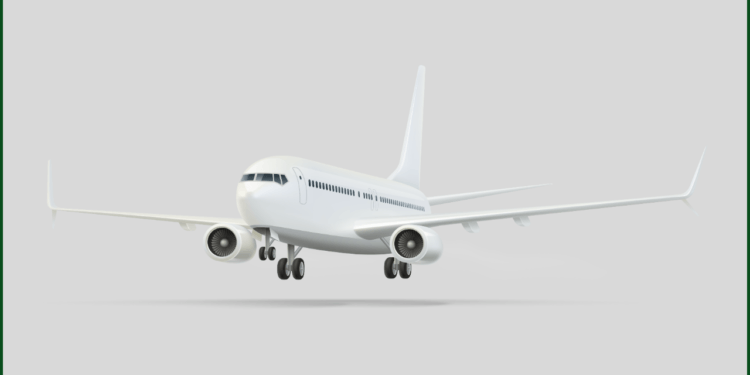Islamabad, April 10, 2025 – Pakistan is set to reignite its efforts to privatize the struggling national carrier, Pakistan International Airlines (PIA), with a renewed call for expressions of interest (EoI) slated for late April 2025. The announcement, made by government adviser on privatization Muhammad Ali on Thursday, comes on the heels of PIA posting its first annual profit in over two decades—a milestone that officials hope will attract stronger bids this time around.
The privatization of PIA has been a long-standing goal for the cash-strapped government, which views the sale of a 51-100% stake in the airline as a critical step in meeting the conditions of a $7 billion International Monetary Fund (IMF) bailout program. However, previous attempts have faltered, most notably last year when only one bidder stepped forward, offering a sum well below the government’s $300 million valuation. Lingering concerns over taxation disputes and PIA’s murky balance sheet deterred potential investors, leaving the process in limbo.
According to Ali, those hurdles have now been cleared. “We’ve worked tirelessly to resolve the taxation issues and present a cleaner financial picture for PIA,” he said during a press briefing in Islamabad. “This is a fresh start, and we’re confident that the airline’s recent profitability will make it a more attractive proposition.” The government aims to finalize the privatization by December 2025, a timeline that underscores its urgency to shed the financial burden of the debt-ridden carrier.
PIA’s turnaround, though modest, marks a significant shift for an airline long plagued by inefficiency, overstaffing, and a reputation for poor service. Analysts attribute the profit—details of which are yet to be fully disclosed—to cost-cutting measures, route optimization, and a surge in demand for air travel post-pandemic. For a country grappling with economic instability, the news offers a rare glimmer of hope, even as critics argue that privatization alone won’t solve deeper structural woes.
The renewed EoI process will invite both domestic and international investors to bid for PIA, with the government open to a full sale if the right offer emerges. Ali hinted that lessons from the failed 2024 attempt have shaped a more flexible approach, though he stopped short of revealing whether the $300 million asking price would be adjusted. “We’re focused on getting the best value for PIA while ensuring it remains a viable entity,” he said.
Beyond PIA, the government is accelerating its broader privatization agenda. Ali disclosed that power distribution companies, originally earmarked for a later phase, are now being fast-tracked into the first wave of sales. “These are high-priority assets,” he noted, signaling a aggressive push to offload state-owned enterprises that have long drained public funds. The move aligns with IMF demands for fiscal discipline, though it risks sparking backlash from labor unions and political opponents wary of job losses and foreign ownership.
As Pakistan prepares to launch the EoI by month’s end, all eyes will be on whether this latest effort can succeed where others have failed. For PIA, a carrier once hailed as a symbol of national pride, the stakes couldn’t be higher. A successful sale could mark a turning point—not just for the airline, but for Pakistan’s beleaguered economy.

















































